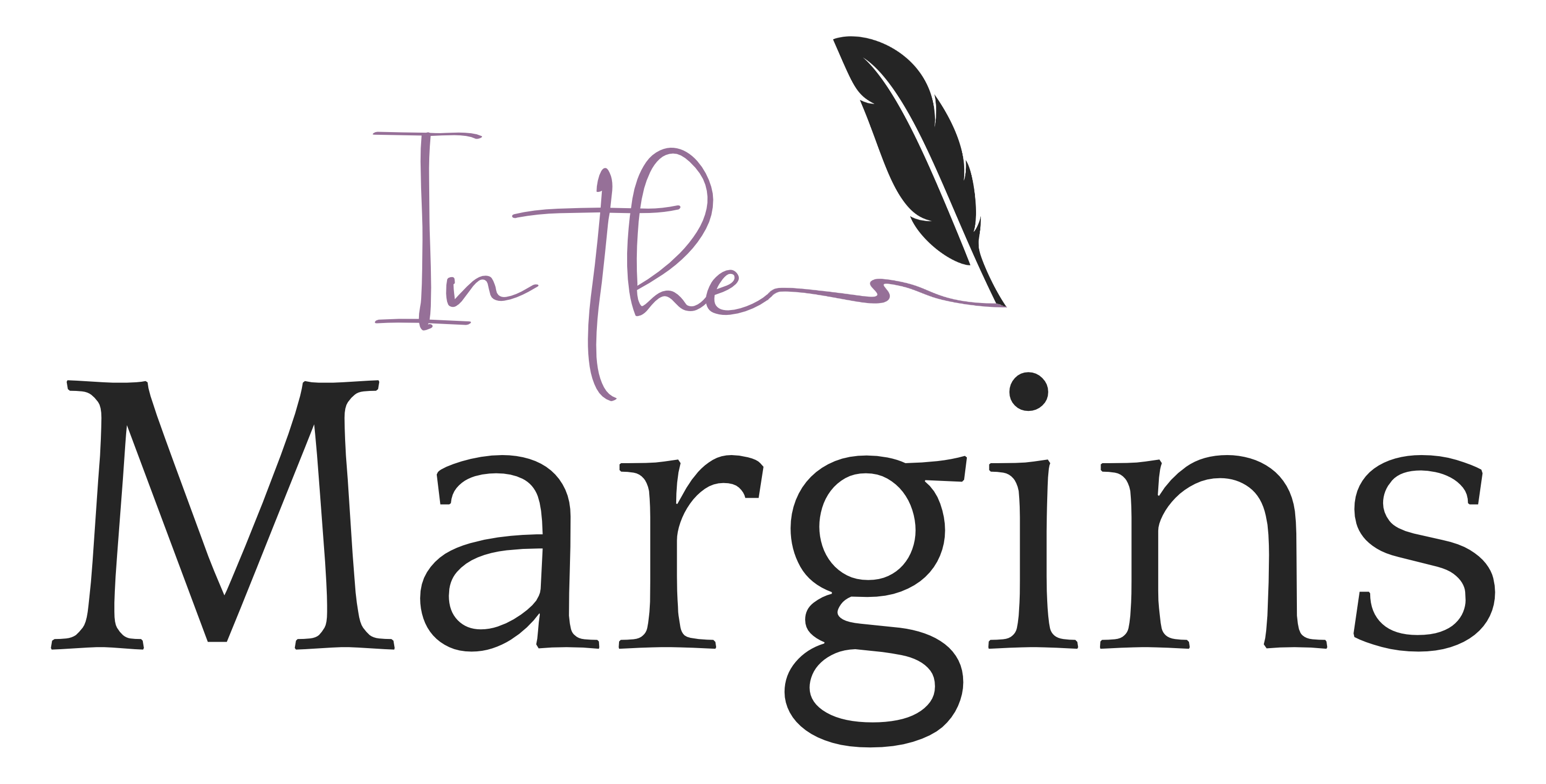Utilizing the multiple point of view structure in a novel can allow for greater perspective and a slow reveal of the full picture, but this structure needs to be used with intention, and each character needs to have equal purpose within your story.
This doesn’t necessarily mean that every POV character needs an equal number of chapters or pages within the story, but rather that each one needs to have an impact on, be impacted by, and find closure or resolution from your plot.
What Does That Mean?
To impact and be impacted by the plot, each POV character should be compelling and have their own narrative arc, with them undergoing a transformation (big or small) by the end of your story.
Each POV should also be able to provide a unique element or thread. This may be simply that they have distinctive skills, information, or clues they can offer. If you want to have a little fun, you can use this structure to create the sense of unreliable narration and suspense—if characters differ in their accounts or if one supposedly knows something the other doesn’t, then we begin to question the narrative. (Think of Gone Girl by Gillian Flynn.)
“Unique element” may also mean something greater, such as your POV characters being separated by distance (or space) or time. (The Hours by Michael Cunningham is a well-known example of this.)
When Multiple POV Isn’t Done Well
When this structure is not written with these factors considered, we often get repeated information, scenes, conversations, etc. with nothing new provided to drive the plot forward. Voices may be too similar. We may feel we’re going in circles. The POV switch may be used to excuse info dumps, etc.
If this happens, you’re going to receive feedback from your developmental editor to consolidate characters or to trim down points of view and rewrite the remaining POVs—basically, to restructure, reorganize, and make cuts.
This can be an incredibly fun and impactful structure to use within a novel. But “I like stories with multiple POVs” is not a good enough reason to write a story with multiple POVs. There must be a purpose.




